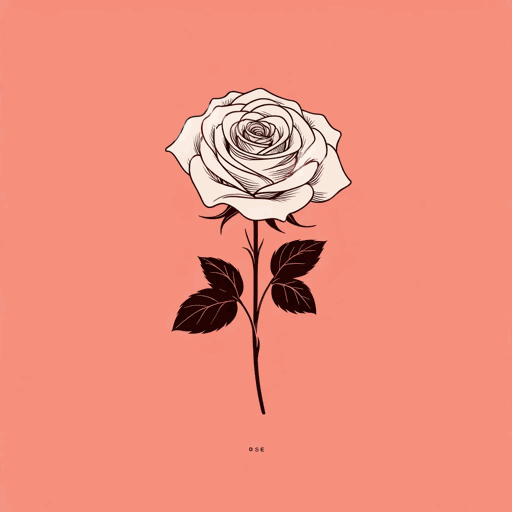44 pages • 1 hour read
Gabrielle-Suzanne Barbot de VilleneuveBeauty and the Beast
Fiction | Novella | Middle Grade | Published in 1740A modern alternative to SparkNotes and CliffsNotes, SuperSummary offers high-quality Study Guides with detailed chapter summaries and analysis of major themes, characters, and more.
Themes
Appearances Versus Reality
In Chapter 5, the merchant says, “Thou shouldst not take counsel from thine eyes alone” (91), meaning that what we see isn’t always the complete picture. Appearances play a significant role throughout Beauty and the Beast. The story’s tension for both the characters and plot relies on people or situations being different than they seem, and the characters must look past what’s obvious to understand what’s true. Through the specific appearances of the Beast/prince and Beauty, as well as the story arc, Beauty and the Beast explores how appearances can deceive.
The Beast and prince represent how appearances can literally hide the truth. The Beast’s ugliness is the result of a curse, and while he’s ugly on the outside, his personality doesn’t change with his looks. Before the curse, the prince was kind and handsome, and as the Beast, that kindness and handsomeness show through in how he treats Beauty. The Beast’s appearance is deceiving because the outward gruffness doesn’t match the softness beneath. In her dreams, Beauty sees the prince as he really is, but even this true appearance is deceiving. Based on her interactions with the Beast, Beauty doesn’t even consider that the two could be the same person because they seem nothing alike.
Featured Collections
Action & Adventure Reads (Middle Grade)
View Collection
Books Made into Movies
View Collection
Children's & Teen Books Made into Movies
View Collection
Class
View Collection
Class
View Collection
Family
View Collection
Fantasy
View Collection
Marriage
View Collection
Valentine's Day Reads: The Theme of Love
View Collection

